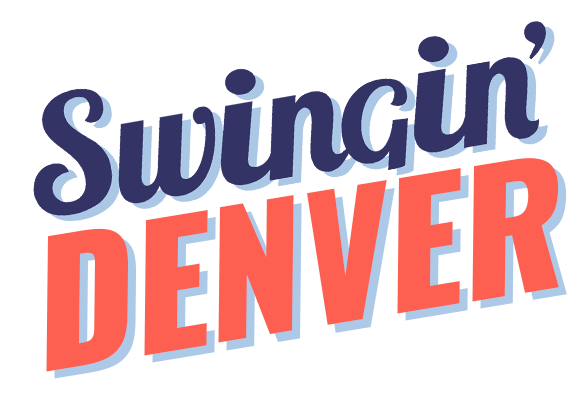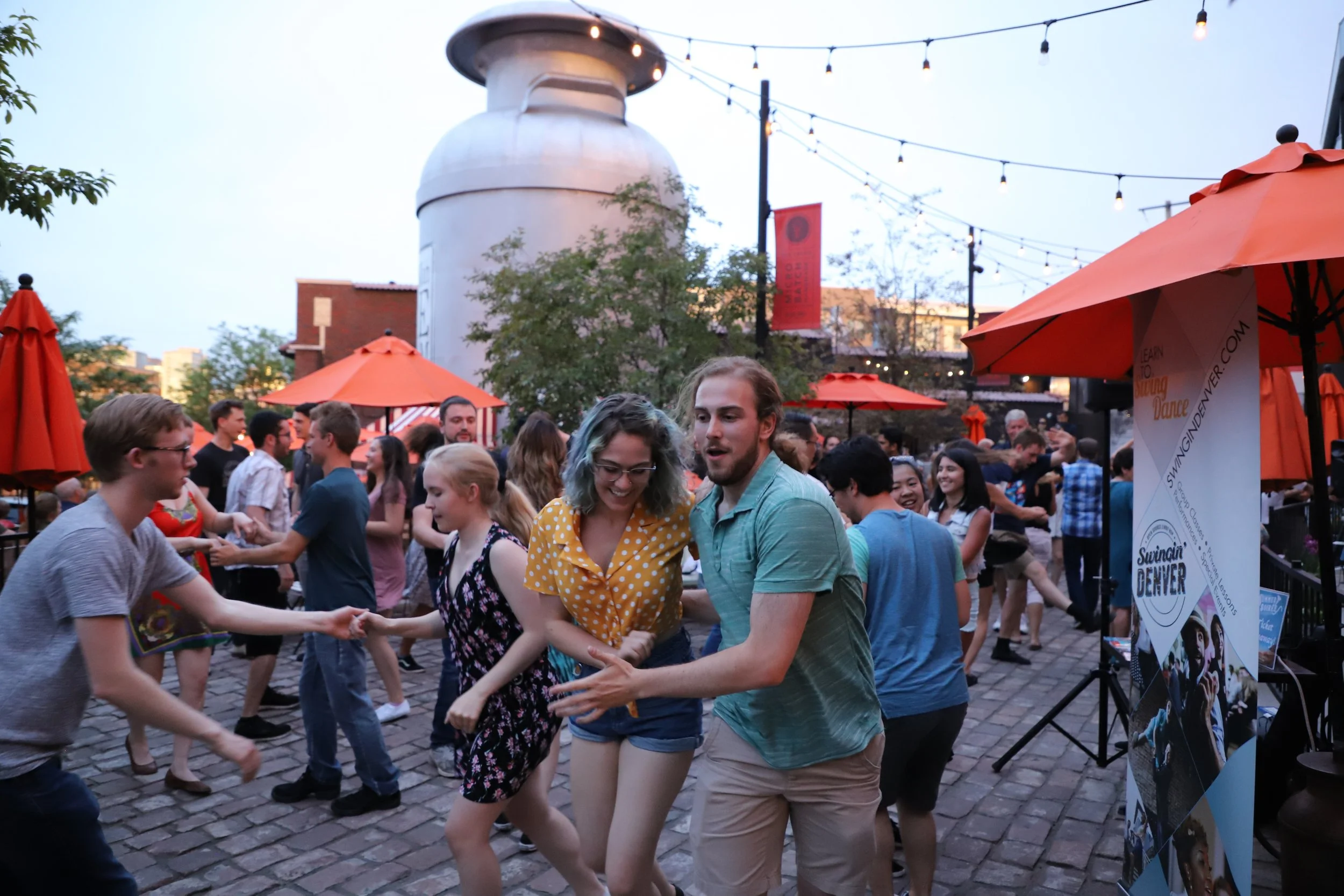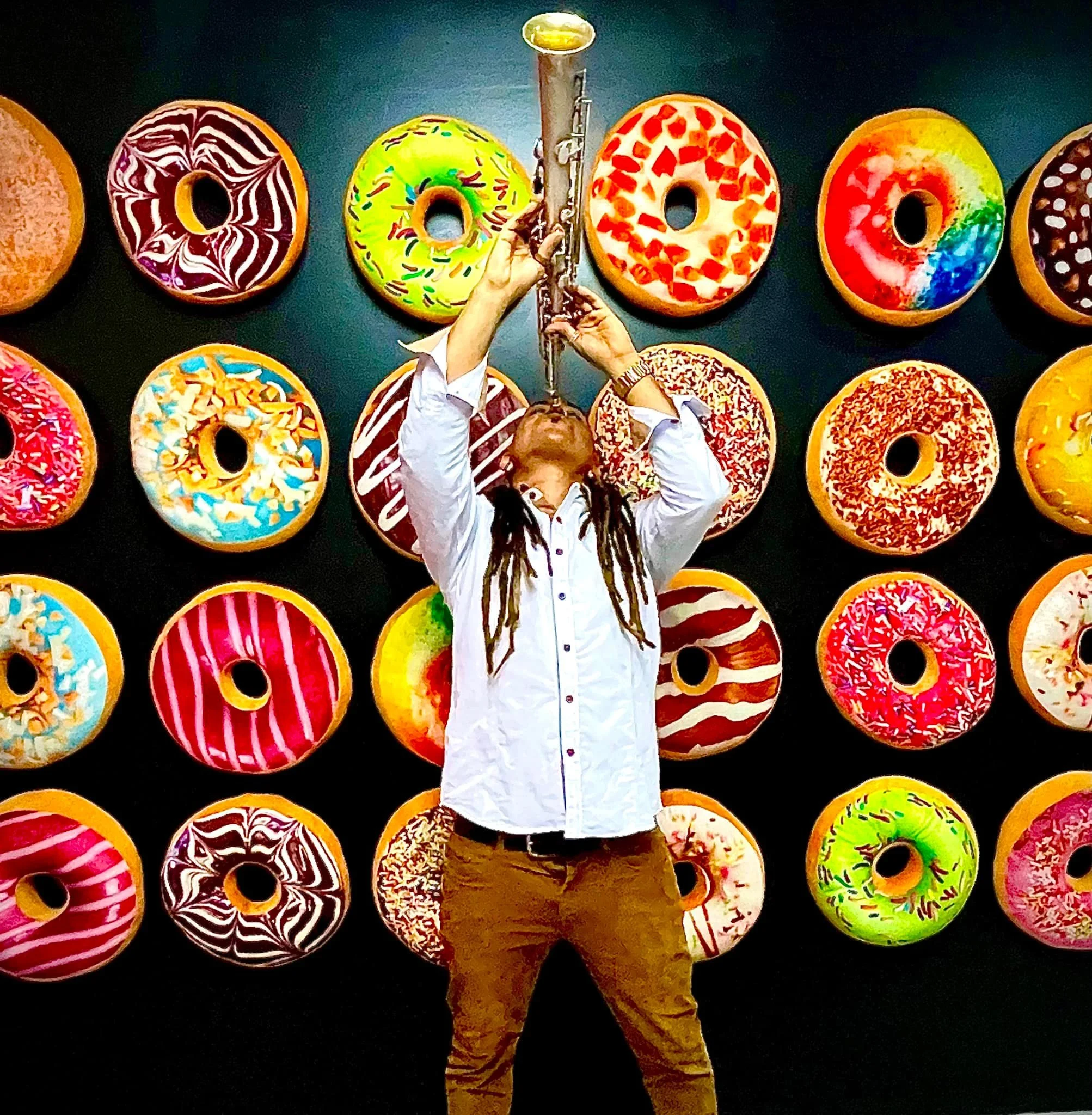Early into our Jazz With A Beat class at Stormy Weather Jazz Festival we asked students to work less hard and strip out their triple steps while dancing to Beware by Louis Jordan to which a student behind us said to their partner - "Let's do east coast swing." After we had danced to the complete song, we addressed the topic of cultural appropriation because it's important to discuss this topic and to confront other misconceptions about what rhythms Lindy Hop is comprised of (answer: it’s a lot!).
In the brief amount of time we gave ourselves, we named east coast swing in this context Cultural Appropriation while laying the foundation for this choice with Jacqui Malone's definition of vernacular dance being dance that makes African-American rhythms visible on the dance floor. While triple steps are important for capturing swing music's core rhythms on the dance floor, they aren't the sole rhythm to be employed alongside the vernacular dance and social hallmarks were aiming to employ as teachers and dancers. The possible rhythms are infinite though the most common rhythms seen across 2 beats or a half-measure would be:
triple step
step hold (such a fundamental bounce too)
hold step
step step
hold ball change
Any swing school labeling patterns that are 6-count or containing Slow, Slow, Quick, Quick rhythms as East Coast Swing and/or Jitterbug is doing their students a disservice while engaging in Cultural Appropriation. Disservicing students and patrons comes in because we lose cultural context, stratification between community occurs and we're placing barriers of entry when exchanging rhythms during a dance or growing as a dancer.
It might also be worth directly quoting from Olly Wilson’s paper titled “The Heterogeneous Sound Ideal in African-American Music”:
”As such, the essence of their Africanness is not a static body of something which can be depleted but rather a conceptual approach, the manifestations of which are infinite. the common core of this Africanness consists of the way of doing something, not simply something that is done.”
as we reflect on the fact that a good portion of this class focused on individuality, bringing in the experiences that have shaped us, and setting aside notions of “this is the way this thing (swingout, a rhythm, a tuck turn) is done.


